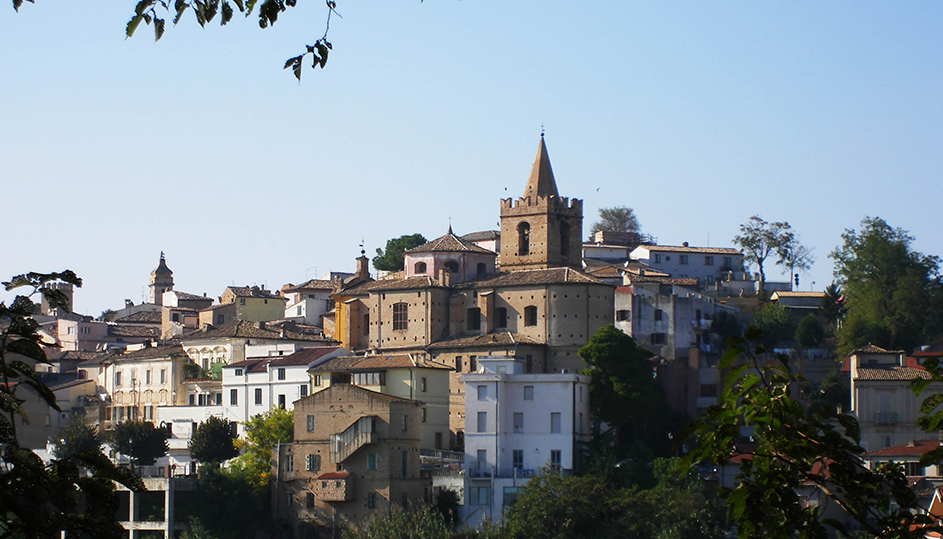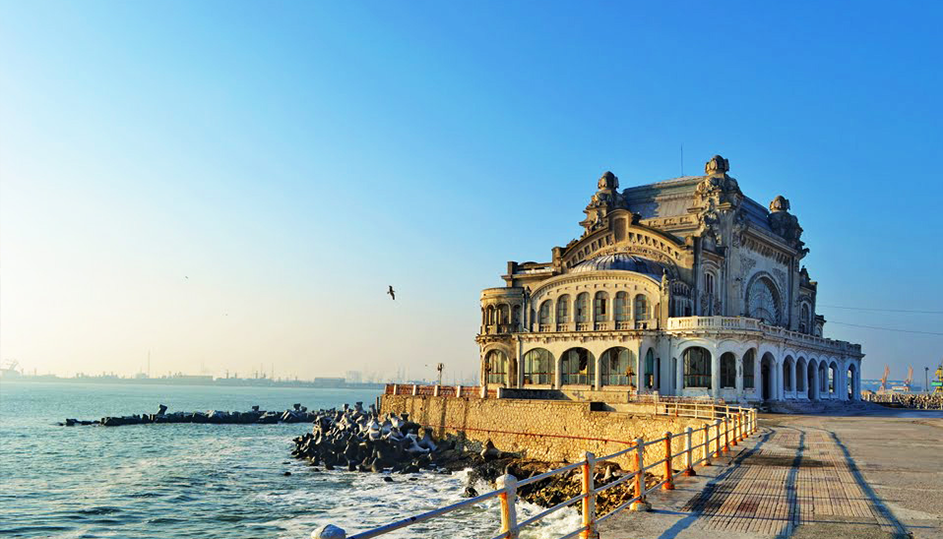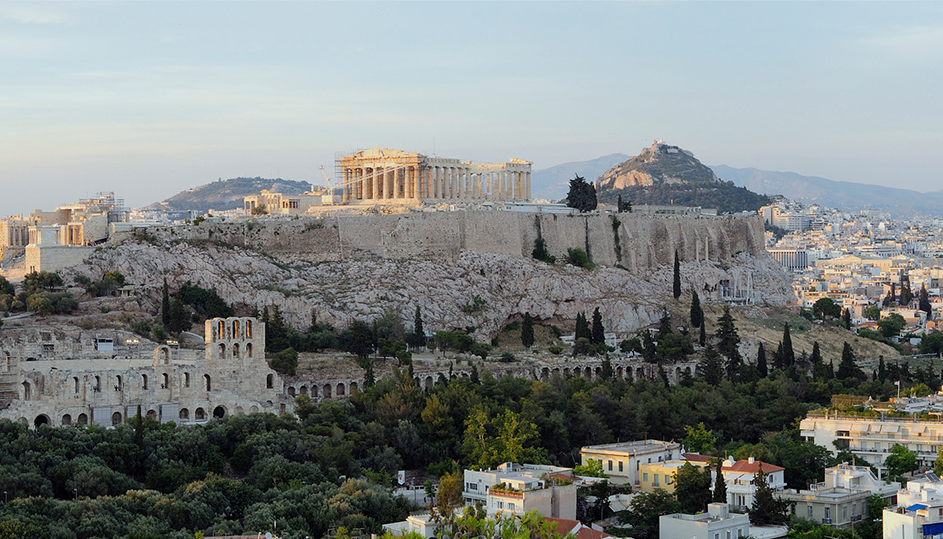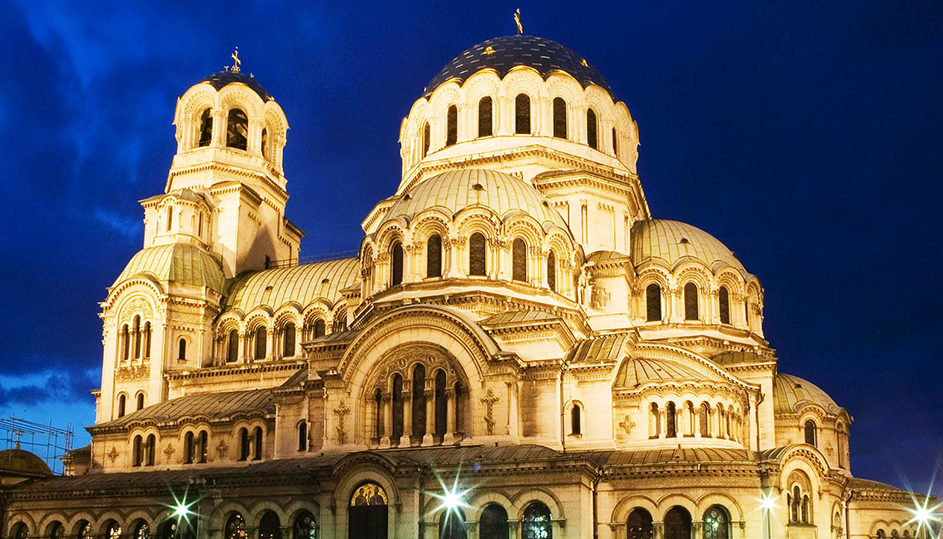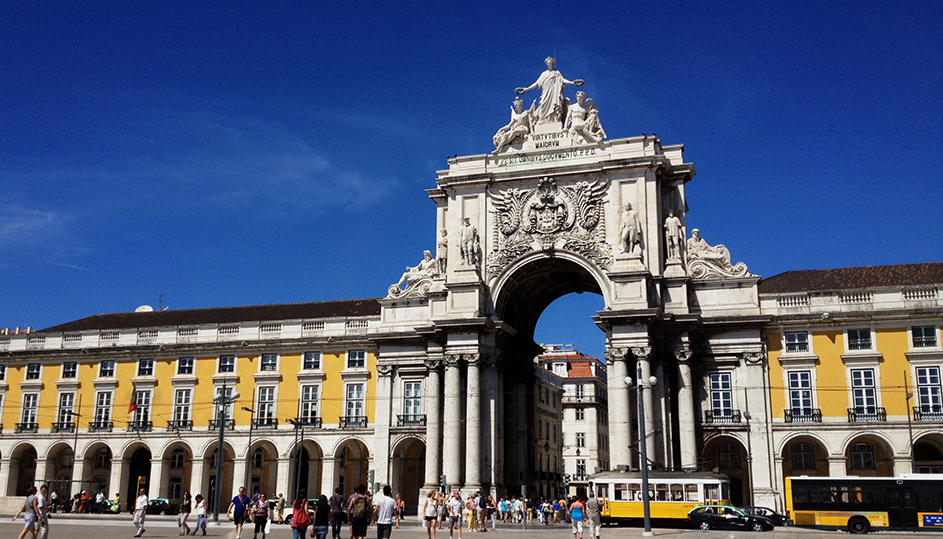Welcome to TFT Comenius Project Website!
Mare Nostrum project realized a partnership among 6 European Schools settled near the coast and it carried out a Multidisciplinary Scientific Laboratory on Coastal Ecosystem.
The basic idea was to change traditional way of studying into a “learning environment” by using researches, workshops, surveys, experiments, taking photos, shooting videos.
We had two issues to be addressed: early school leaving and poor results in science.
In Mare Nostrum many european students experimented a new way to learn science and a new way to stay at school. The results of our survey show that most of participants (pupils and families) appreciated the project significantly.
Mare Nostrum included a wide range of activities and it produced different outputs:
1) activities
a) visiting coastal areas in all involved countries and travelling by sea, making tests at national research institutes and universities, visiting protected areas, national parks, natural museums and aquariums;
b) working as a team inside and outside the school, taking photos and videos, collecting and comparing data, using TIC and presentation softwares, achieving leaflets, posters, albums, drawing the logo of the partnership;
c) getting new friends, using English as common language, understanding similarities and differences, rising pride as European citizens.
d) organizing international meetings with the participation of local authorities.
2) outputs
a) website;
b) logo;
c) survey with statistics and graphics;
d) presentations;
e) documentary;
f) shell jewelry and models;
g) events like musical performances and traditional dances related to the sea during the welcome cerimonies.
The project saw the collaborative cooperation of each partner in planning, implementing and evaluating the activities and the full participation of staff and pupils.

